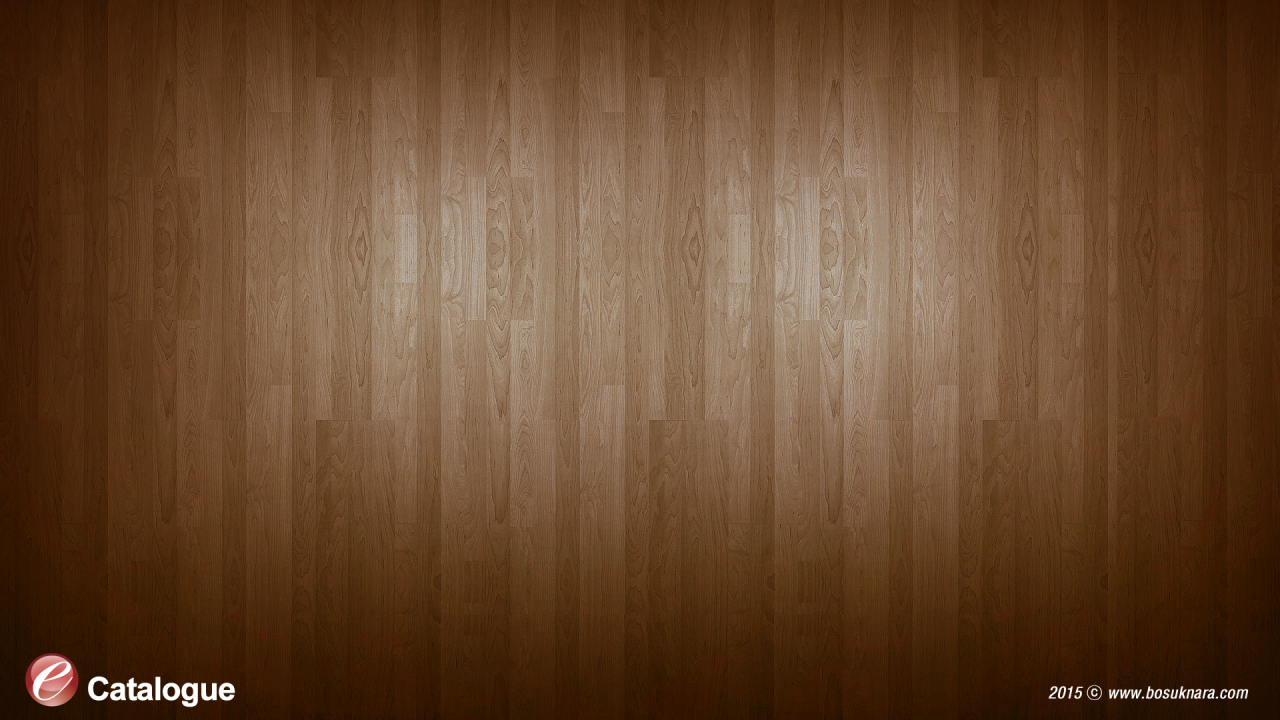

59
“I couldn’t believe
it when Kevin
pulled out the box
and I saw it was
from Forevemark! I
guess I secretly
hoped he would get
it. It was such a
nice surprise!”
“I’m very proud
of my ring and
love it when people
ask me about it –
I can tell them
all about the
inscription and
the fact it is
responsibly
sourced.”
Britney also used
this occasion to
buy a pair of
diamond earrings
– a gift from her
parents to wear on
her wedding day.
A few months
later, the couple
returned to the
same store to buy
their wedding
rings, which they
had tried on earlier
when they were
browsing for
engagement rings.
Kevin’s was plain,
but Britney wanted
a few diamonds on
the wedding ring
as well.
A few weeks later,
Kevin returned to
the store where they
had seen the
Forevermark
diamond and
bought it.
“I really loved the
Forevermark
diamond, but it
was a bit more
expensive than
some of the other
rings, and slightly
more than our
agreed budget.
The sales assistant
was lovely but I
told her I had to
go home and think
about it.”
For DER, there are
two key moments
when branding is
important: the first is
the receipt of the DER
in a branded box.
The second key
moment when
branding is important
is when friends and
family ask about the
DER, and the acquirer
is able to describe the
attributes particular
to the DER brand she
has selected.
In 2013, many
women bought
another piece of
diamond jewellery
in addition
to their
DER for the
wedding occasion:
Earrings: 9%
Necklace: 8%
Bracelet: 4%.
Brides now wait 14
months between
engagement and
marriage (five times
longer than 1980s),
allowing them to
save for longer and
spend more on
diamond jewellery.
Over half of women
have some say in
selecting their
engagement ring.
In 2013:
35% chose the
piece
25% hinted/
advised on choice.
In 2013, the most
popular places to
purchase DER were:
Independent
jeweller (28% of
acquirers)
National jeweller
(28%)
Regional jeweller
(17%).
77% DER pieces in
2013 were paid for by
the man alone; men
tend to spend more
on a DER when
shopping alone than
with their partner.
In the high-end
bridal market (DER
over US$8,000),
three- quarters of
couples have a
defined budget for
the DER.
Despite this, almost
half of couples with
set budgets end up
spending slightly
more than they
had planned.
Clearly, precise targeting of this consumer segment
through higher-end products and brands would help
capture its potential more effectively.
THE BRIDAL SEGMENT HAS EXCELLENT PROSPECTS
Despite a lower percentage of the US population
opting for marriage, and a longer wait to first
marriage among those who do, among those who
choose to marry the average amount spent per
occasion continues to increase, according to a report
by Mintel, a consultancy
38
.
In this context, the tradition for bridal diamond
jewellery is still going strong. Current penetration of
bridal diamond jewellery is in line with historic levels,
highlighting the resilience of this segment to the
economic pressures in the US in the last few years:
79 per cent of those who got engaged in 2013
acquired a new diamond-only DER;
73 per cent of those who married in 2013 acquired
a new diamond-only DER.
Of all DERs acquired in 2013, a total of 82 per cent
were diamond-only rings, the majority set in white gold
or yellow gold, followed by platinum and silver, with
the latter taking share from gold in the last few years.
The amount spent on diamond engagement rings
has increased in real terms over the last 10 years.
In 2003, the average DER cost just over US$2,500
(US$3,165 in 2013 terms); in 2013, it cost just
under US$3,700 on average.
There are several reasons for the considerable growth
of bridal jewellery in the US. The post-recession US
bride tends to be more educated, older and more
affluent (particularly second-time brides, who make
up one-third of the total), and can afford to spend
more on the wedding. Brides today also wait five times
longer between engagement and marriage than in the
1980s (14 months today on average vs less than three
months in 1980); their longer engagement period may
allow the couple to save up for the wedding and their
budget for diamond jewellery may therefore be bigger.
There has also been notable growth in the number
of brides who buy other types of jewellery to celebrate
their engagement in addition to their DER. In 2013,
17 per cent of women who got engaged and received
a DER acquired an additional piece of diamond
jewellery compared with only five per cent of women
in this situation 10 years ago.















